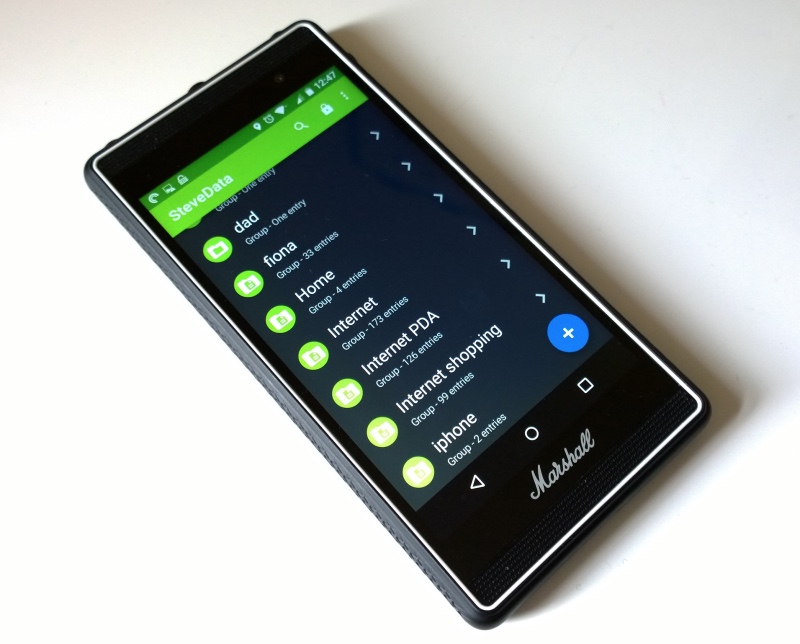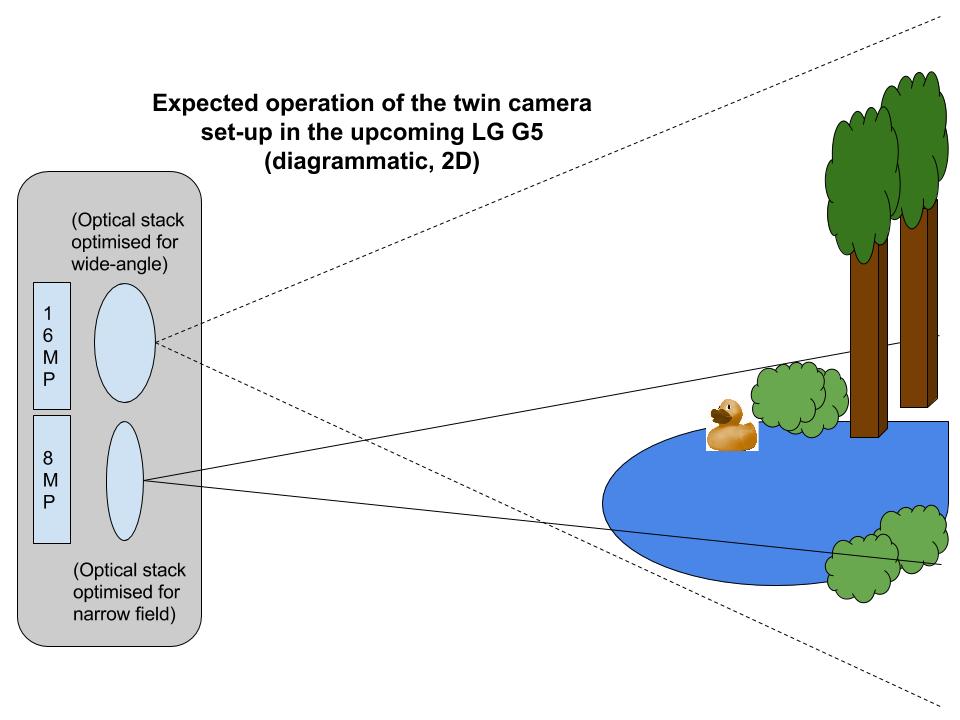
Compared to all the other major flagship Android devices released last year, the LG G4 felt lacking in many areas. While it was the only flagship Android smartphone to offer a removable battery and a microSD card slot, it was also the only one that still featured a plastic build.
The leather back did help in giving a premium look to the handset, but the phone still lacked that ‘quality’ feeling. Despite coming with a stellar camera, the LG G4 was largely forgotten within a couple of months of its launch. The Galaxy Note 5 and Galaxy S6 edge series from Samsung easily overshadowed it. And why not? After all the Samsung’s flagship phones featured a terrific build quality and design, a fingerprint scanner, fast charging, gorgeous AMOLED display, a blazing fast processor, and an equally good camera.
However, after using the Galaxy S6 and the LG G4 for the better part of a year, I think the G4 was the most underrated flagship Android smartphone released last year. Why? There are quite a few reasons actually.

Looking at the performance and overheating issues that plagued the Snapdragon 810 chipset from Qualcomm, LG took the bold decision of going in with a Snapdragon 808 chipset on the G4. A non-flagship chipset for a flagship phone was absolutely unheard of in the Android world, and despite issues with Snapdragon 810, many people were quick to write-off the handset.
After using quite a few Samsung smartphones over the year though, I have realised that all that power is of absolutely no use if the handset struggles day-to-day tasks. And this is the same problem that plagues Samsung’s devices even today. The Exynos 7420 chipset inside the Galaxy S6 and Note 5 was the best chipset in terms of performance and battery life in the Android ecosystem last year. Yet, the Galaxy S6 (and Note 5) are not as smooth as they should be. Yes, Samsung made huge improvements to TouchWiz last year, but despite its best efforts, the phones still lag. The poor RAM management issue on the devices made sure that jumping between 3-4 apps was a frustrating experience, and this was with them coming with 3/4GB RAM.

On the other hand, the LG G4 with its ‘non-flagship’ Snapdragon 808 chipset and 3GB RAM performed admirably for me. Head over to all the popular Android forums out there and you will find more threads of people complaining about the poor performance of the Galaxy S6 than the LG G4. With the Galaxy S6, I had to keep rebooting the handset from time to time to make sure the phone performed as it should, while with the LG G4, I could go on for days without worrying about any slowdowns. The Adreno 418 GPU was awfully underpowered for the Quad HD display on the G4, yet it managed to play games like Asphalt 8 and Monument Valley just fine for me and without any overheating issues.
Yes, the LG G4 does not feature a metallic build quality or a fingerprint scanner, but the phone at least works as it is supposed to — unlike the Galaxy S6.
The removable battery and the microSD card slot also gave the LG G4 a unique advantage over its competition. I have never really cared about phones with removable batteries, but with the G4 and a spare battery in my pocket during my holiday last year, I realised the importance of one. Not having to carry a bulky portable charger around or having to worry about running out of juice on the handset was a….liberating feeling to have.
If there was any phone released last year that could really give the G4 a run for its money, it was the Huawei-made Google Nexus 6P. Much like the G4, the 6P ‘just works’ and does not really disappoint in any key area. However, for some people, the huge size of the Nexus 6P is likely going to be a deal breaker, and for them, the G4 is the perfect alternative.
The G4 is not without its faults: LG certainly needs to work on improving its UI and use a better screen density to take advantage of that Quad HD display, but these are just minor annoyances and don’t affect the usability of the phone in any serious way. Once you factor in the great camera, the non-flagship price, and the ‘it just works’ nature of the phone, the G4 was easily the most reliable and underrated flagship smartphone of 2015.
The Galaxy S6 does score over the G4 in areas like build quality, better software UX and UI, and a fingerprint scanner, but then thanks to its poor RAM management and poor battery life, the phone does not ‘just works.’
According to you, which was the most reliable flagship smartphone released year? Drop in a comment and let us know!








